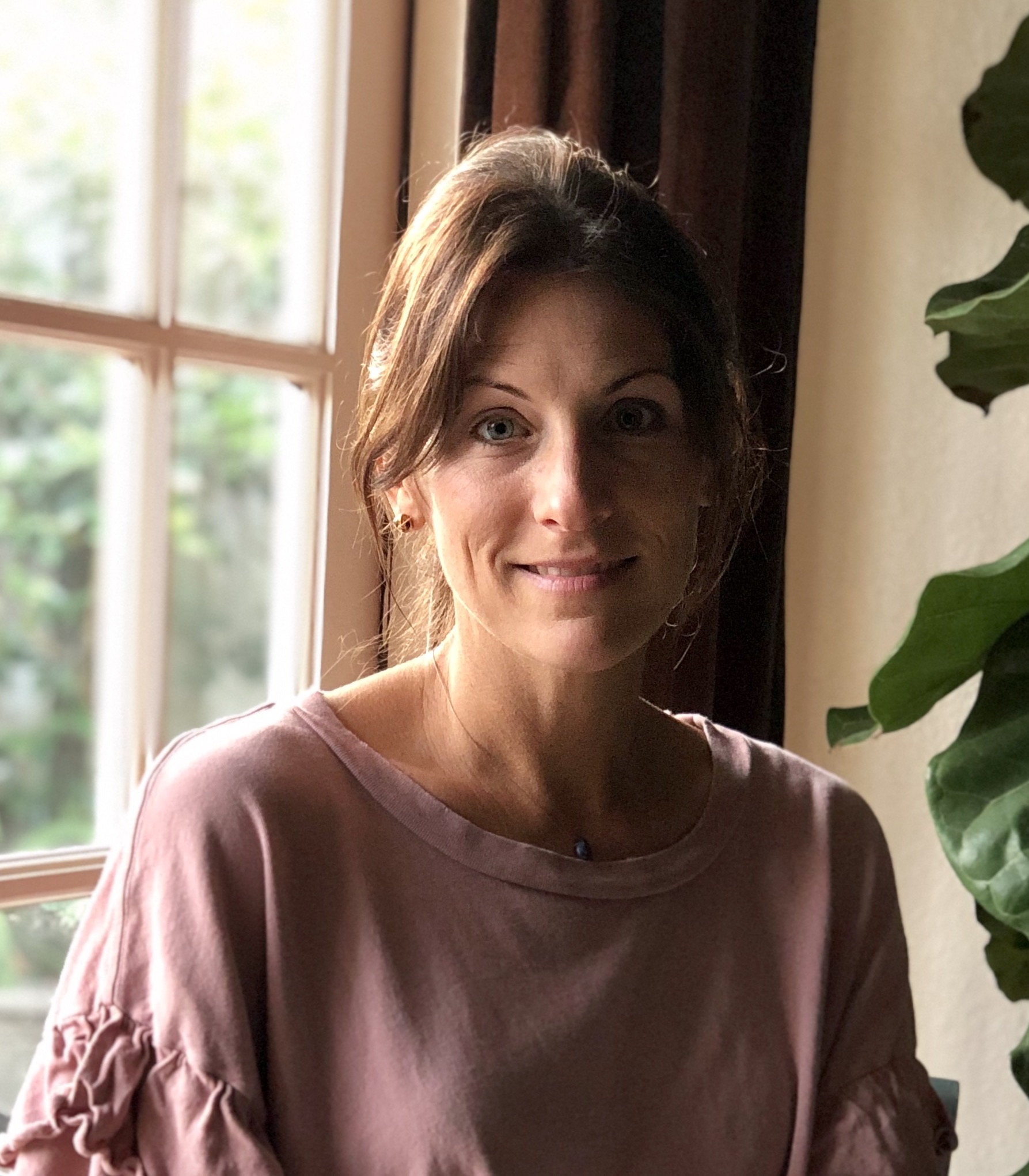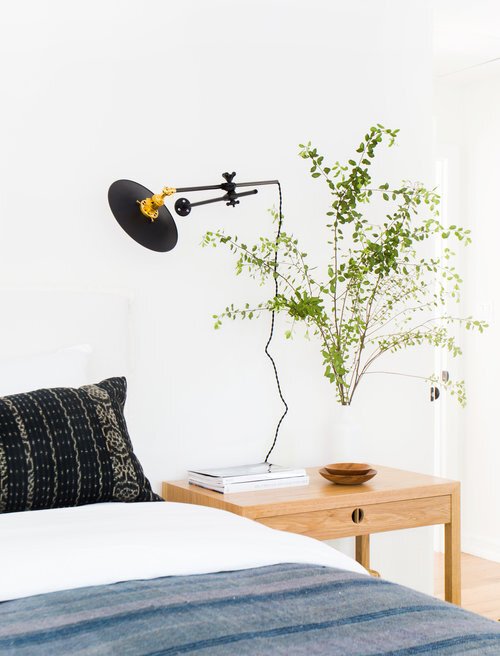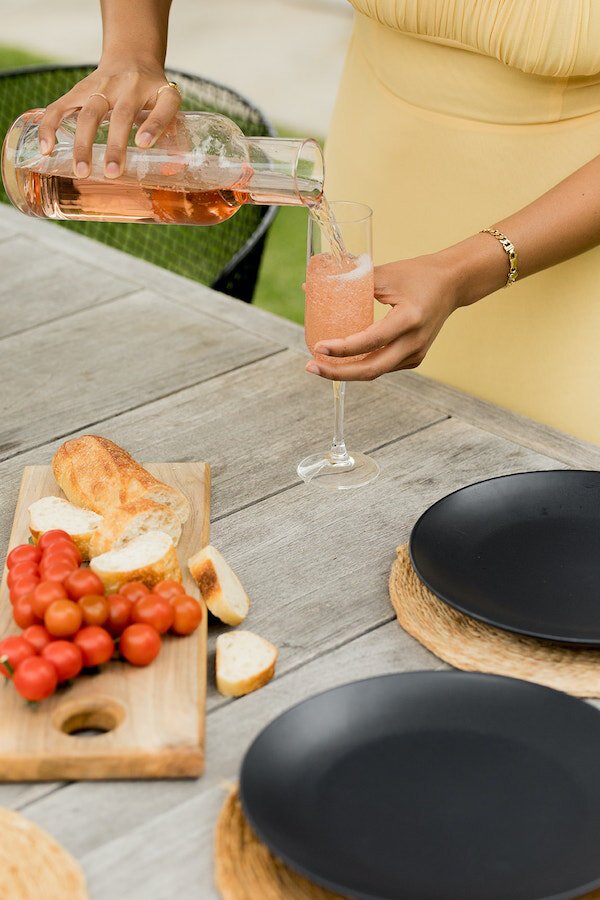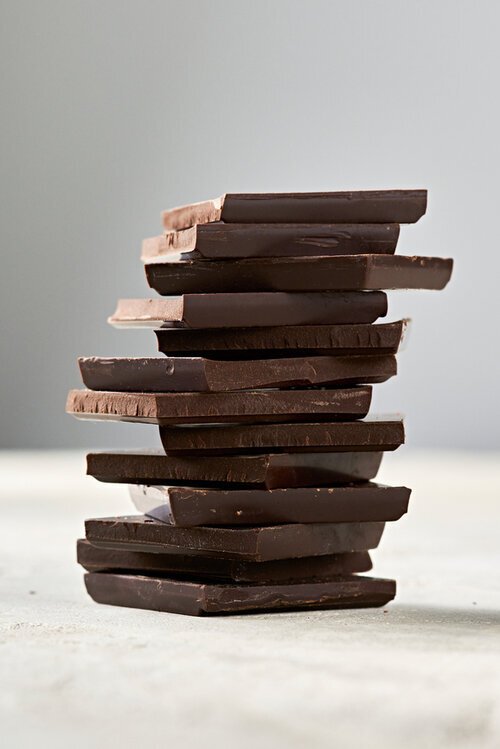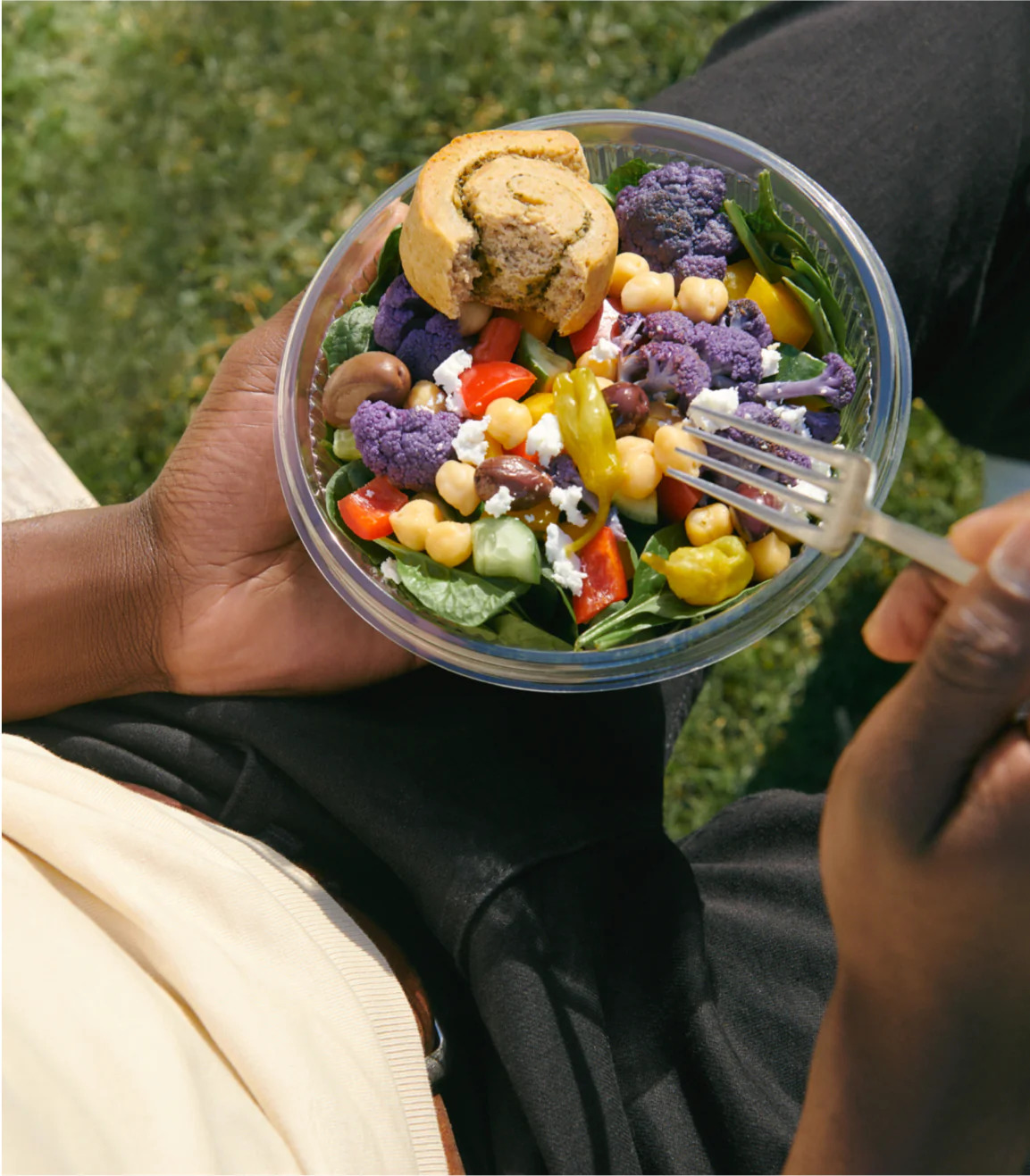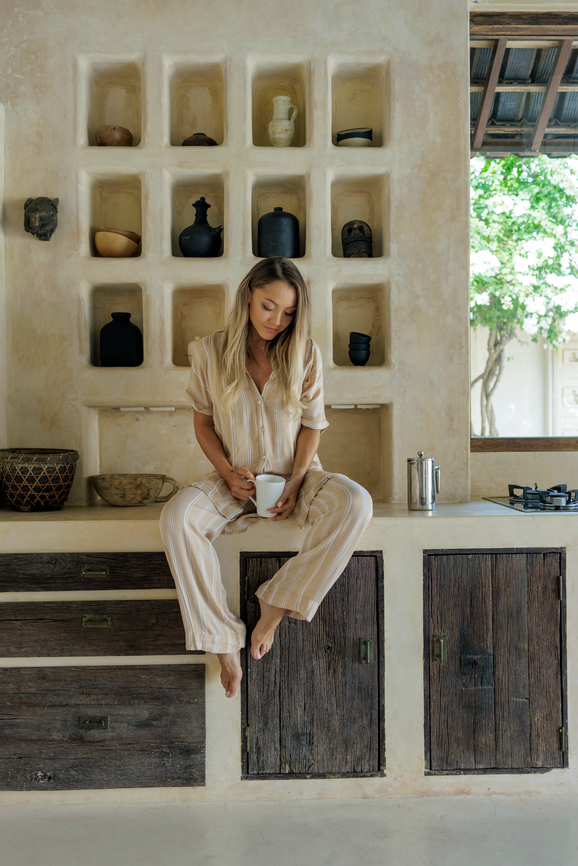
How To Ensure Your Coffee Is Mold & Toxin-Free
With almost an entire grocery store aisle dedicated to coffee options and a coffee shop on practically every corner, it’s no surprise that the peppy beverage is one of the most consumed liquids in the United States, which comes in as the world’s largest coffee bean importer. Still, most Americans would find it concerning to know that their morning cup-a-joe could harbor impurities and toxins such as mold, pesticides, and chemical fertilizers. Those menacing impurities find their way into coffee and coffee beans because of the multi-step process of growing, preparing, and transporting them to us for brewing and consumption.
According to the FDA, “Environmental factors such as temperature, humidity, and the amount of rain affect whether mold will grow on food while it is growing, being harvested, and stored.”
“From the climate in which it grows to how it’s processed and stored, coffee is susceptible to mold, specifically mycotoxins—harmful substances released from mold and fungi.”
From the climate in which it grows to how it’s processed and stored, coffee is susceptible to mold, specifically mycotoxins—harmful substances released from mold and fungi. Those mycotoxins (which frequent more foods than just coffee, BTW!) can make a person sick when ingested in large amounts. Though the healthy, average person may not ingest enough mycotoxins at one time to cause a severe and acute reaction, few studies have been done to see how chronic small doses may adversely affect long-term health.
If you are anything like me, I’d prefer not to consume anything containing any amount of mycotoxins, pesticides, or chemical fertilizers, even in the smallest doses.
In addition to mycotoxin concerns, conventionally grown, high-volume commercial coffee beans often come from plants grown in unfavorable growing conditions. These high-production agricultural systems are harsh on the planet as the plants are grown in poor-quality soil, which requires heavy doses of pesticides and chemical fertilizers to produce fruit.
But since you’d be hard-pressed to find a coffee plant in your neighbor’s garden, and chances are you don’t have friends that dry and roast their beans, coffee lovers must rely heavily on the coffee farmers, bean buyers, distributors, and roasters around the world to care for the beans that provide us with our daily caffeine jolt. It turns out those little beans of goodness take a lot of hard work and attention.
How Coffee Is Grown & Processed
Coffee beans are the seed of the fruit of a coffee bush that grows best in warm, humid climates. After farmers harvest the coffee cherries from the bush, they go through one of several processing methods to allow for the correct moisture content, which ensures longer shelf life and better-tasting coffee.
Processing methods determine the flavor profile of the coffee, and the two most common are dry and wet processing. In dry processing, the fruit is left intact and left to dry naturally. With this method, the fruit pulp interacts with and infuses the beans with sugar and sweetness. Wet processing, however, takes a more hands-on approach as the bean is extracted from the cherry right after harvest by machine or hand. Wet processed beans are often fermented to remove any extra bits of pulp and washed before being left to dry. Although both methods are considered acceptable and offer different flavors, most coffee connoisseurs prefer wet or “washed” processing because it allows the bean to shine without any fruity influence.
“The whole process of going from the seed of a fruit on a bush to that beautiful brown-black bean takes time, and from growing to transportation, it leaves room for mold and toxin infiltration.”
Some coffee is dried mechanically, but most specialty coffee is left on patios, concrete pads, racks, or in nets (ideal) to dry naturally over the next few weeks. Once dried, the “green coffee” is ready to be exported worldwide and eventually roasted into fragrant beans. When a coffee bean is in its green form, it can be stored for long periods, ideally without compromising freshness or flavor.
The last step is roasting, which, as suggested, involves baking the coffee green beans to release moisture, and the result ranges from light roast coffee beans to dark espresso beans. The whole process of going from the seed of a fruit on a bush to that beautiful brown-black bean takes time, and from growing to transportation, it leaves room for mold and toxin infiltration.
How To Know If Your Coffee Contains Toxins
In most cases, as the end user, you won’t be able to visually look at a bean and tell if you are drinking dirty coffee. Unless you have a side-by-side comparison, you may not be able to taste it after the roasting process. The best way to get clean, pure coffee is to focus on brands that offer specialty coffee beans with a high cupping (a coffee tasting and scoring methodology) score as determined by the Specialty Coffee Association.
“The best way to get clean, pure coffee is to focus on brands that offer specialty coffee beans.”
“When they say ‘specialty,’ it’s above 80,” says Dominique Jacques, Co-founder of Biodynamic Coffee by Holistic Roasters, a roaster and distributor of direct-trade, specialty coffees from family-run biodynamic farms and cooperatives. “Then you want organic, and then with regenerative and biodynamic, it’s even like a step above. When you buy specialty coffee where everybody in the process cares.”
“Anytime you have organic material and moisture, you have a potential for mold,” says Gregory Kalinin, business partner at Holistic Roasters. “If it’s a specialty grade, it’s a pretty good chance that it doesn’t have mold because the mold would affect the quality of the beans and the taste that the beans have. And anyone taking the time [to get a] regenerative or biodynamic certification [has] to put a lot of care into following the steps.”
In addition to better tasting and toxin-free joe, a specialty grade, organically—or in Holistic Roasters’ case, biodynamically grown coffee—is going to be cleaner, better for your health, and contribute to the health of the planet as regenerative farming works with nature in a symbiotic system.
“When a plant is really healthy, it produces healthy fruit because it’s full of all that nutrition, all of those elements,” says Kalinin. “And I think you can taste the difference between something that has been grown quickly with chemical fertilizers but doesn’t necessarily have the same nutrition.”
Even when healthy and eco-friendly farming practices are implemented, and all the care in the world is taken to process those “green” beans, the road to your cup is still long, and mold has ample opportunity to creep in during storing and transportation. That’s where lab testing is just one more way to ensure even the healthiest beans remain free of yuck.
“Every lot we receive from every harvest, we send to the lab for testing. Ultimately, the final step for us is to test the coffee,” says Kalinin. Some people can be sensitive to mold, and others can handle it, and it’s not as big an impact. So we just want to do everything we can every step of the process. We want to make sure we’re making the right decision. And so testing is just one extra step that we think is important.”
How To Find Clean Coffee
- Seek coffee that has a cupping score of 80 or higher. If you can’t find this information on the brand’s website, email them or visit the roaster in person to get more details.
- Buy lab-tested, certified organic, or biodynamically grown coffee beans. A few of our favorite brands include Holistic Roasters, Purity Coffee, and Natural Force.
- Store beans in an airtight container, but do not place them in the fridge or freezer.
- Avoid decaffeinated coffee. Caffeine is a mold inhibitor. If you want a caffeine-free drink, try one of these coffee alternatives.
Regularly clean your coffee maker or brewing system.
Randi Donahue is a freelance writer who lives on the Gulf Coast of Florida and is fortunate to live right next to a glorious nature preserve and a few miles from a white sandy beach. She and her family are passionate about nature, health & wellness, and sustainable living and believe the path to a healthy and prosperous life requires authenticity, kindness and a whole lot of fresh air.
